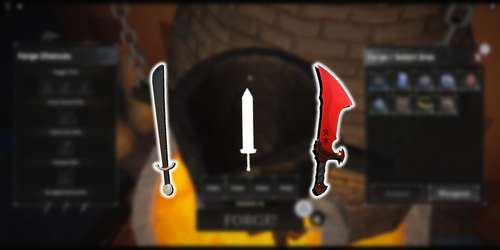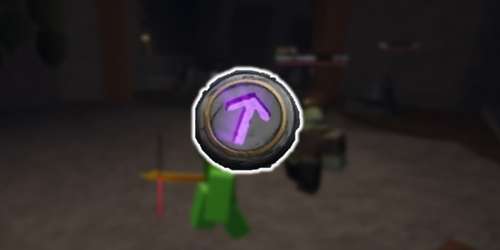If you're considering building a PC, it's no easy task — but you probably already know that. You just want a custom gaming rig that can do the basic things you need without buying an extension or ditching the product for another, which is why you're here.
Before we talk about the process, you must first understand the components and gaming PC specifications that make a gaming PC powerful enough to give you a great, unmatched experience.
How to Build a Gaming Computer
This gaming PC build guide will discuss all the necessary knowledge you need to build your PC. Follow these practical steps:
Understand PC Components for Gaming
The first thing you'll need to sort is PC components. You must select each part carefully based on the type of games you want to play, if you're creating your own video game, and how you expect your PC to perform.
Some of the things you’ll need are:
- A CPU (Central Processing Unit). It's the brain of your PC. An Intel15 or AMD Ryzen 5 CPU is usually enough for most games, but you can also get higher-end CPUs, like the Intel i7/i9, if you want top-tier performance.
- A GPU (Graphics Processing Unit). Your GPU impacts your game performance and frame rates. Many games need strong graphical power, so consider getting GPUs like the NVIDIA GeForce RTX 30-series.
- A RAM (Random Access Memory) for space.
- A Motherboard. Ensure your motherboard is compatible with your CPU and can provide the necessary expansion slots for your GPU, RAN, and other components.
- Storage. An SSD or HDD. Solid-state drives (SSDs) will help your PC load faster and give better performance. For general storage, a good tip is to combine a smaller SSD with a larger HDD.
- You should also get a power supply unit (PSU) and a cooling system to prevent your components from overheating.
Select Your Hardware
Your gaming hardware selection is tricky. It's where you think about your budget and needs before getting anything. For instance, there are budget builds with mid-range parts like an AMD Ryzen 5 or Intel i5 CPU with a GTX 1660 Super or RX 580 GPU, that are great for 1080p gaming, and won't take all your money.
You can also get high-end builds, like the RTX 3080 paired with an Intel i7. They are more expensive, but they will give you better performance at 1440p or 4k. Don't forget accessories like mechanical keyboards, high-refresh-rate monitors (144Hz+), and a gaming mouse.
Custom Gaming Rig Assembly
When setting up your gaming rig, you must:
- Prepare your workspace and make sure you have all your tools and components ready.
- Install the CPU and cooler on the motherboard. You'll need a thermal paste to install them.
- Install your RAM sticks and storage on the motherboard board's designated slots. Make sure the SATA or M.2 connections are secure.
- Place the motherboard in the case, and align the I/O ports with the case’s cutouts, and screw them in place. Double-check to see if you made the connections correctly.
- Install the GPU and connect it to the PSU.
- Tie-down excess cables and make sure the wires are not obstructing the fans. Once you have everything in place. Screw the PC shut and turn it on. Check for error codes and if all goes well, you can install your operating system and drivers.
Conclusion
Just like creating a video game, building a gaming PC can be challenging. One of the best ways to learn is to watch. Follow step-by-step video tutorials on YouTube. Don't rush yourself — building a PC will take time, and you must pay attention to the tiniest of details. Test each component you add before assembly, and always check the compatibility of the parts before buying.




